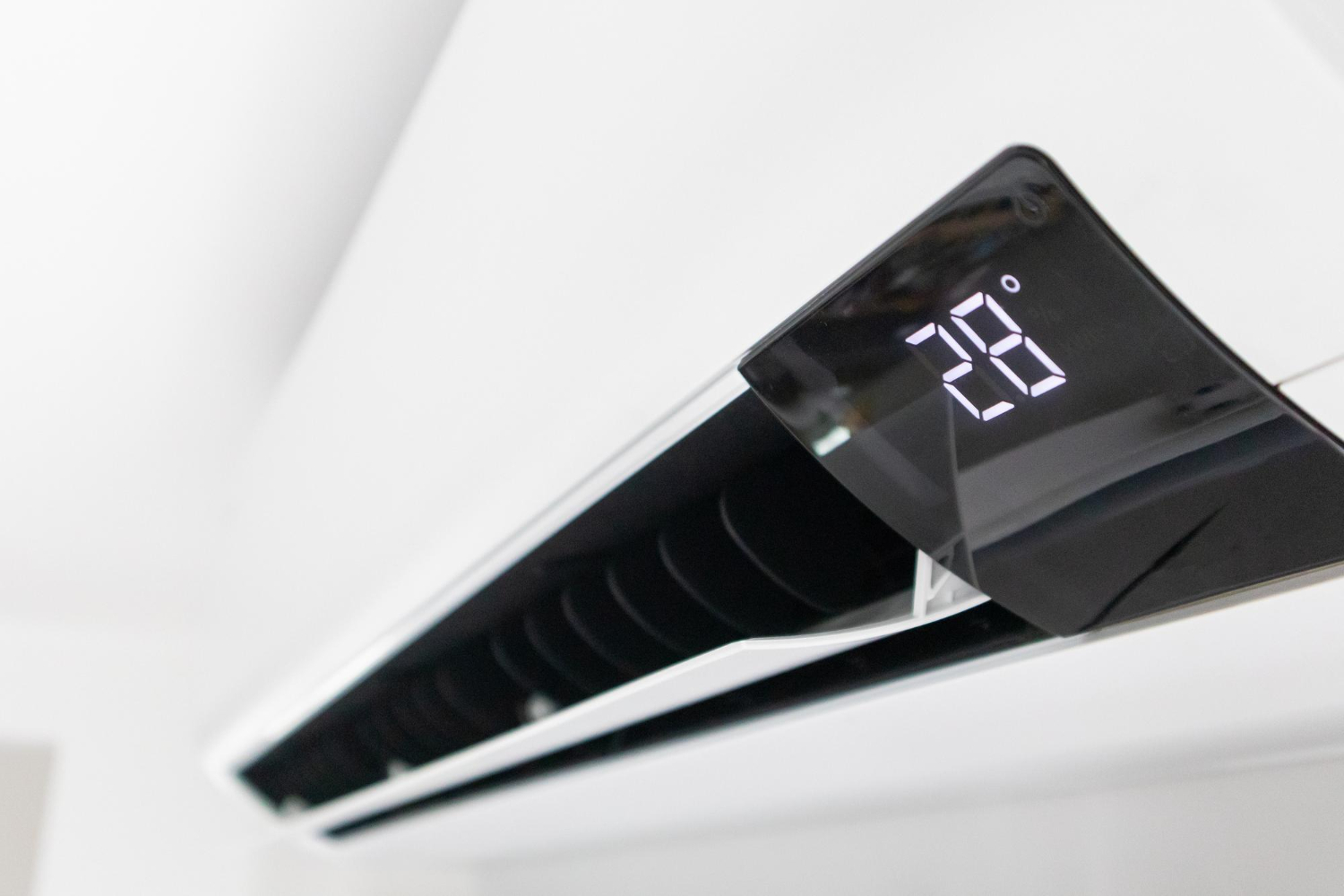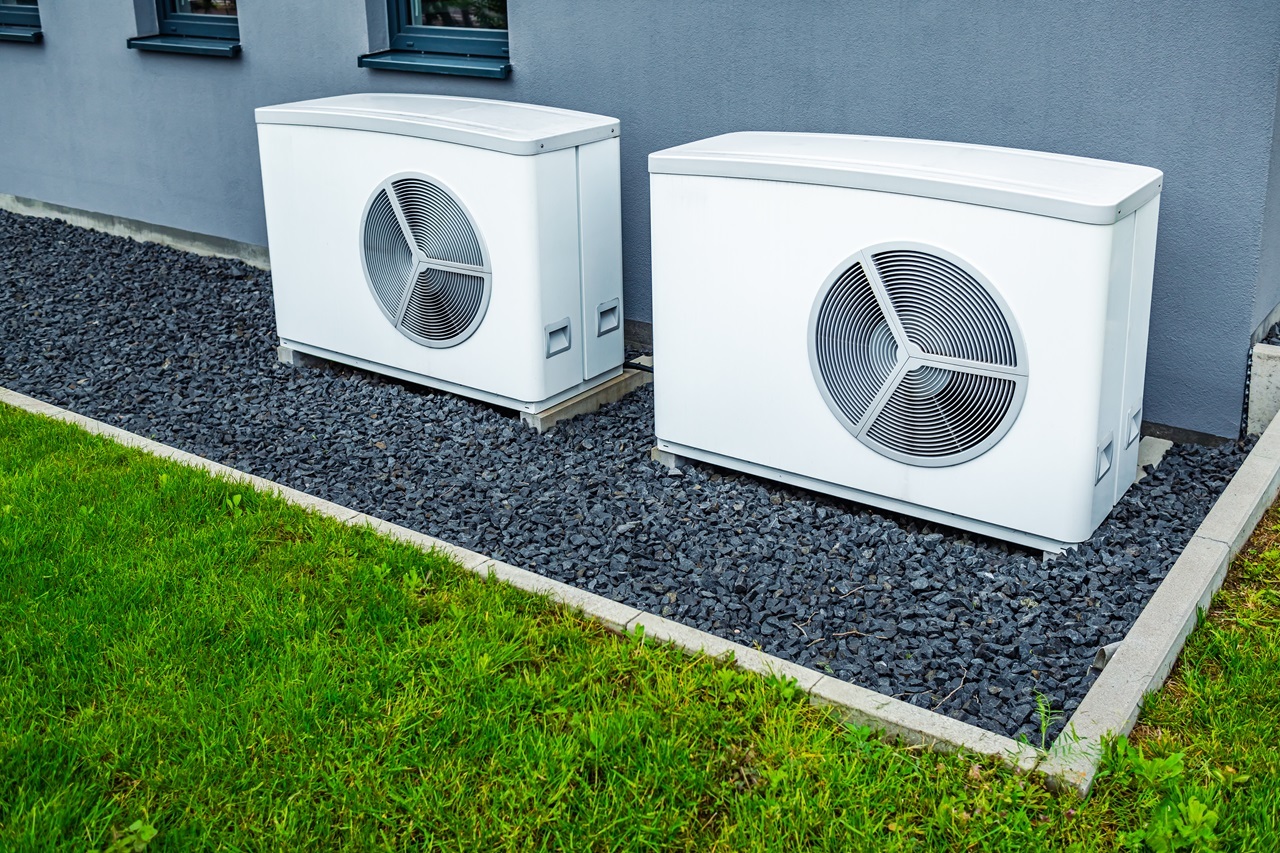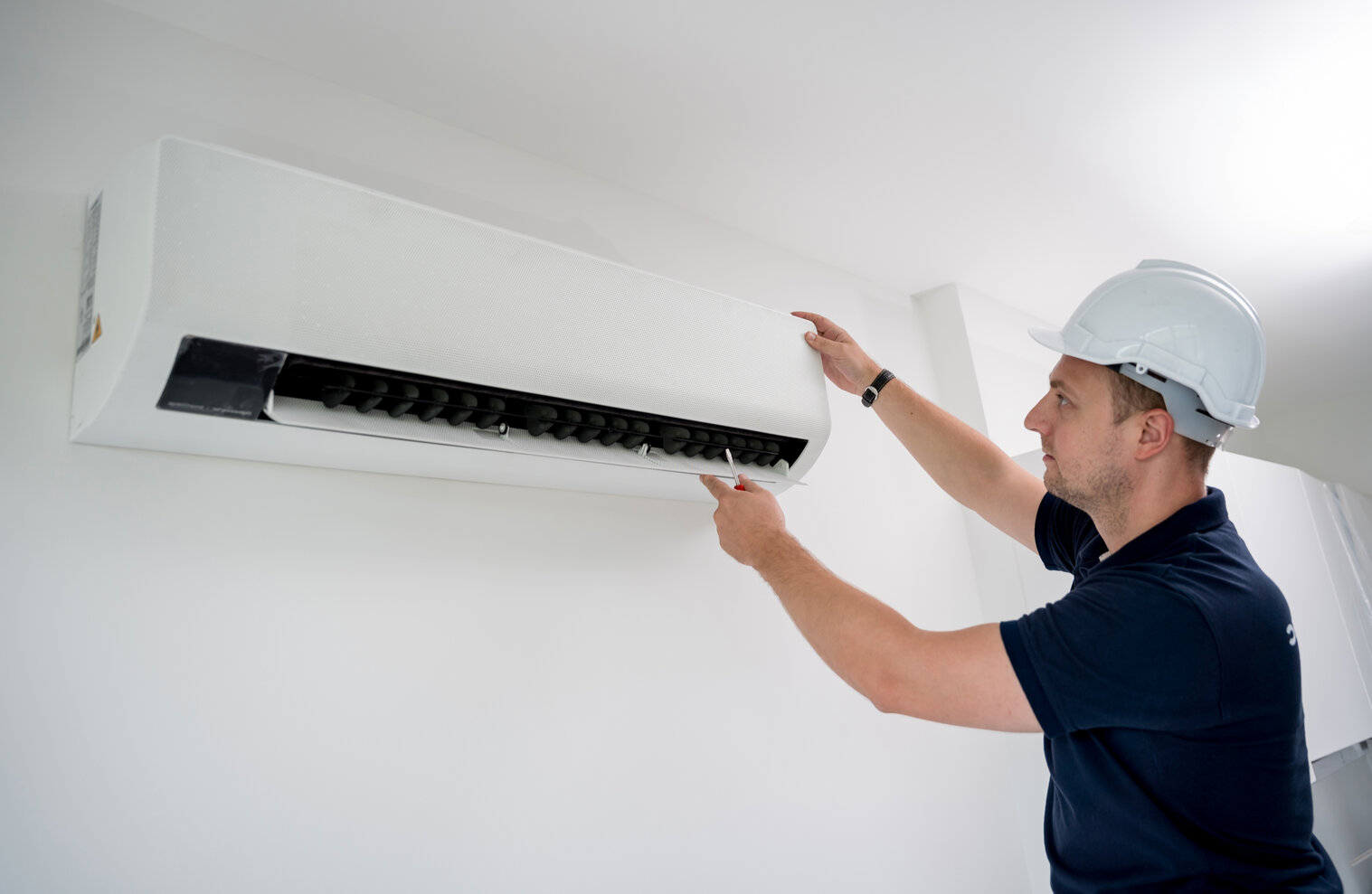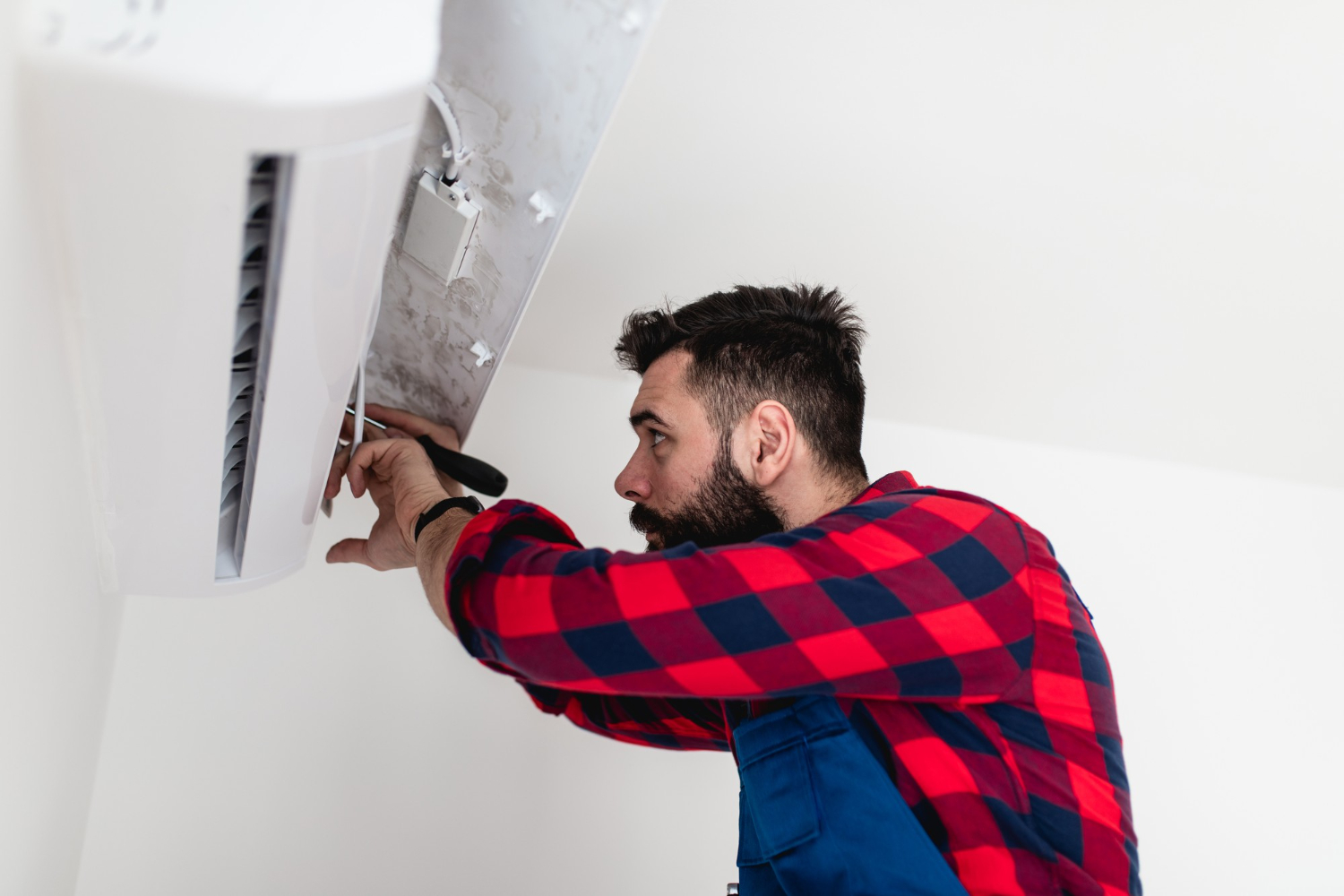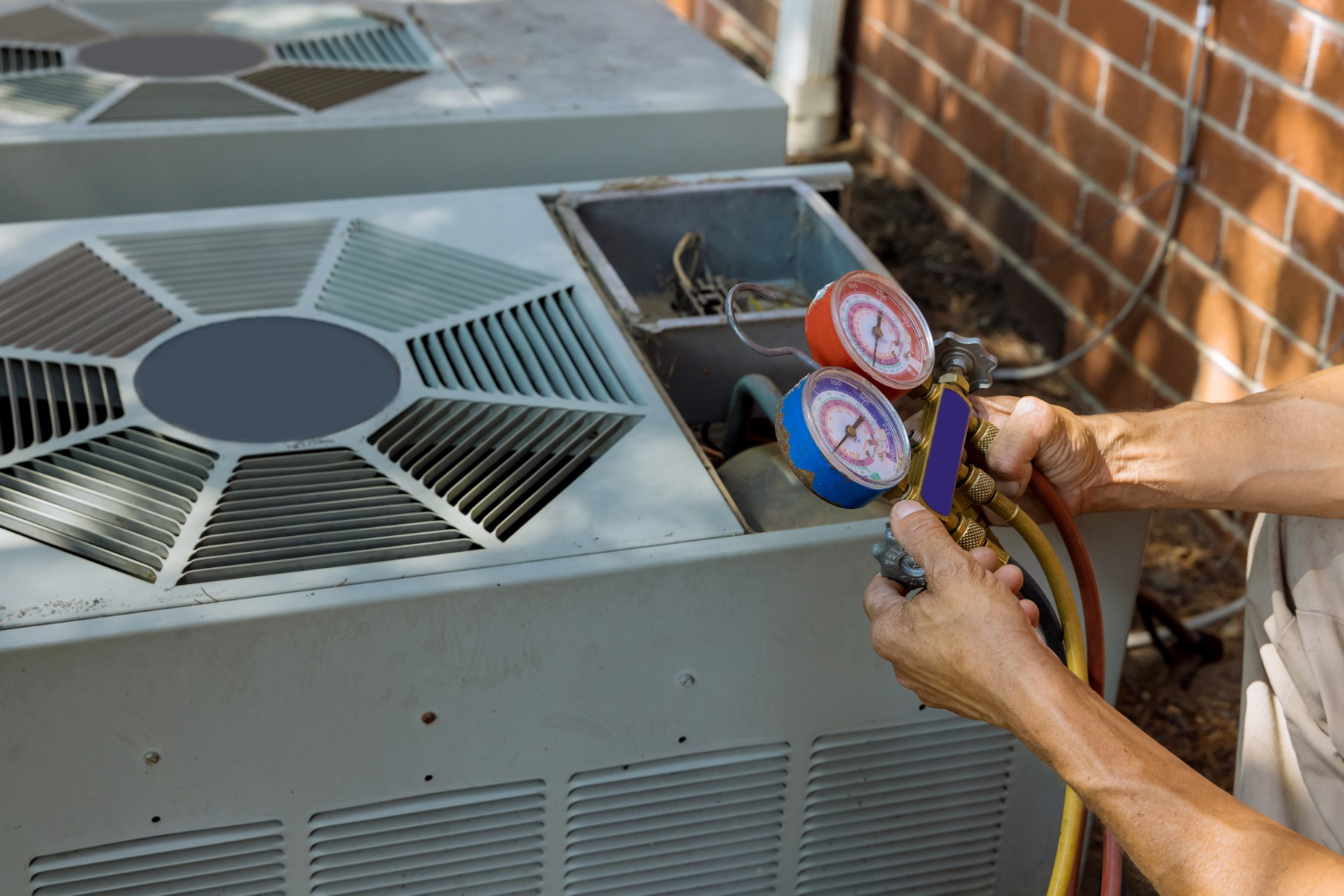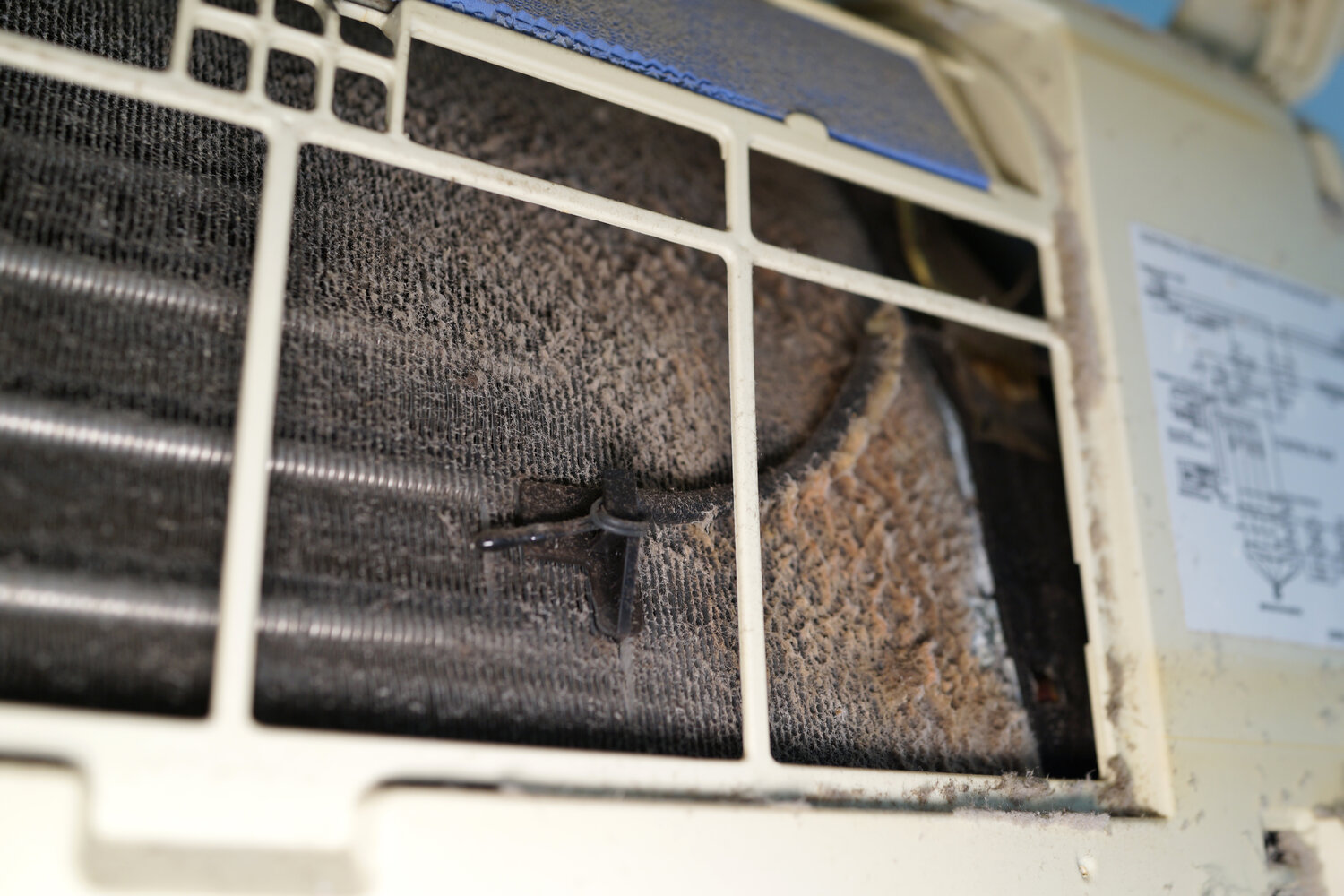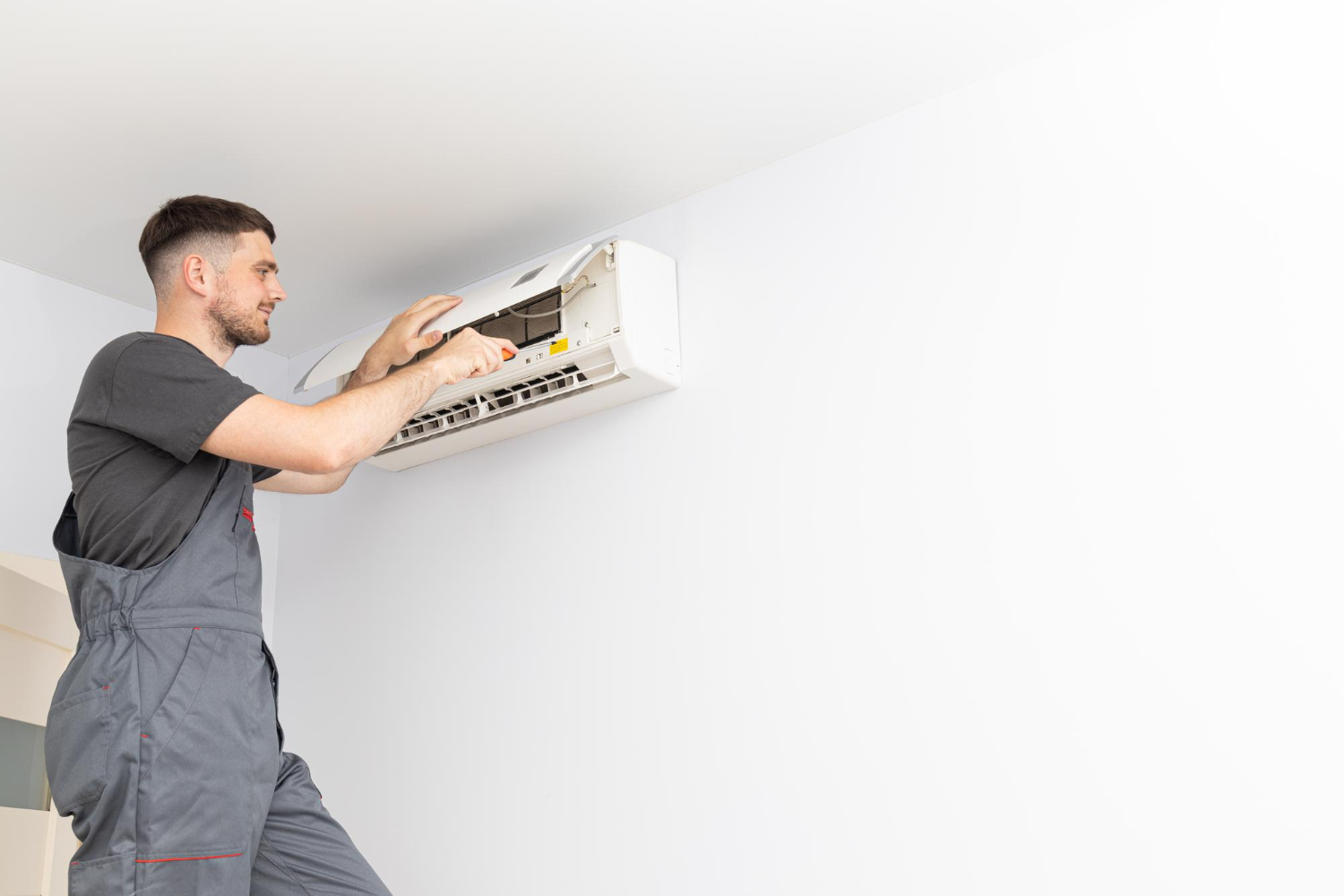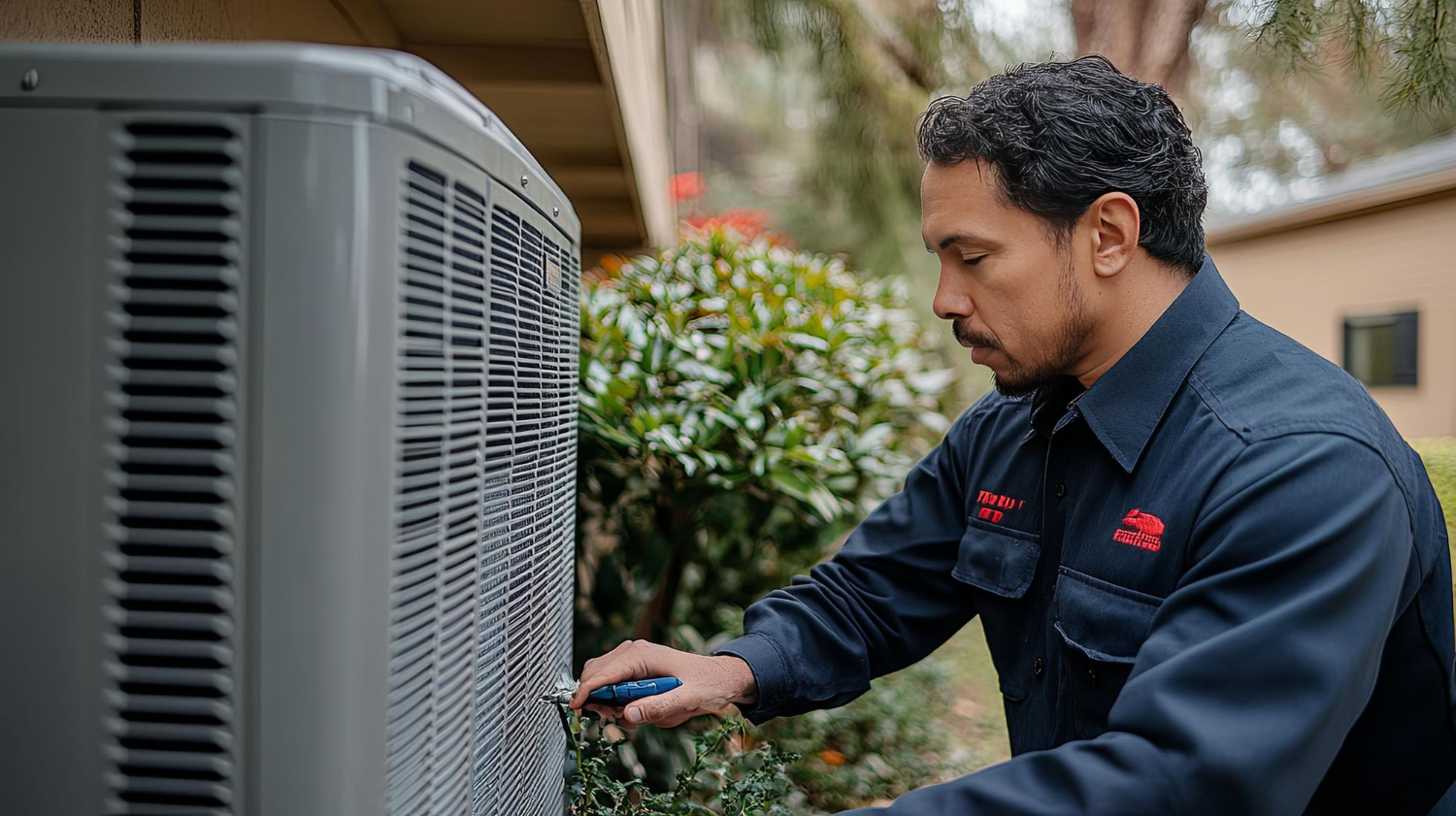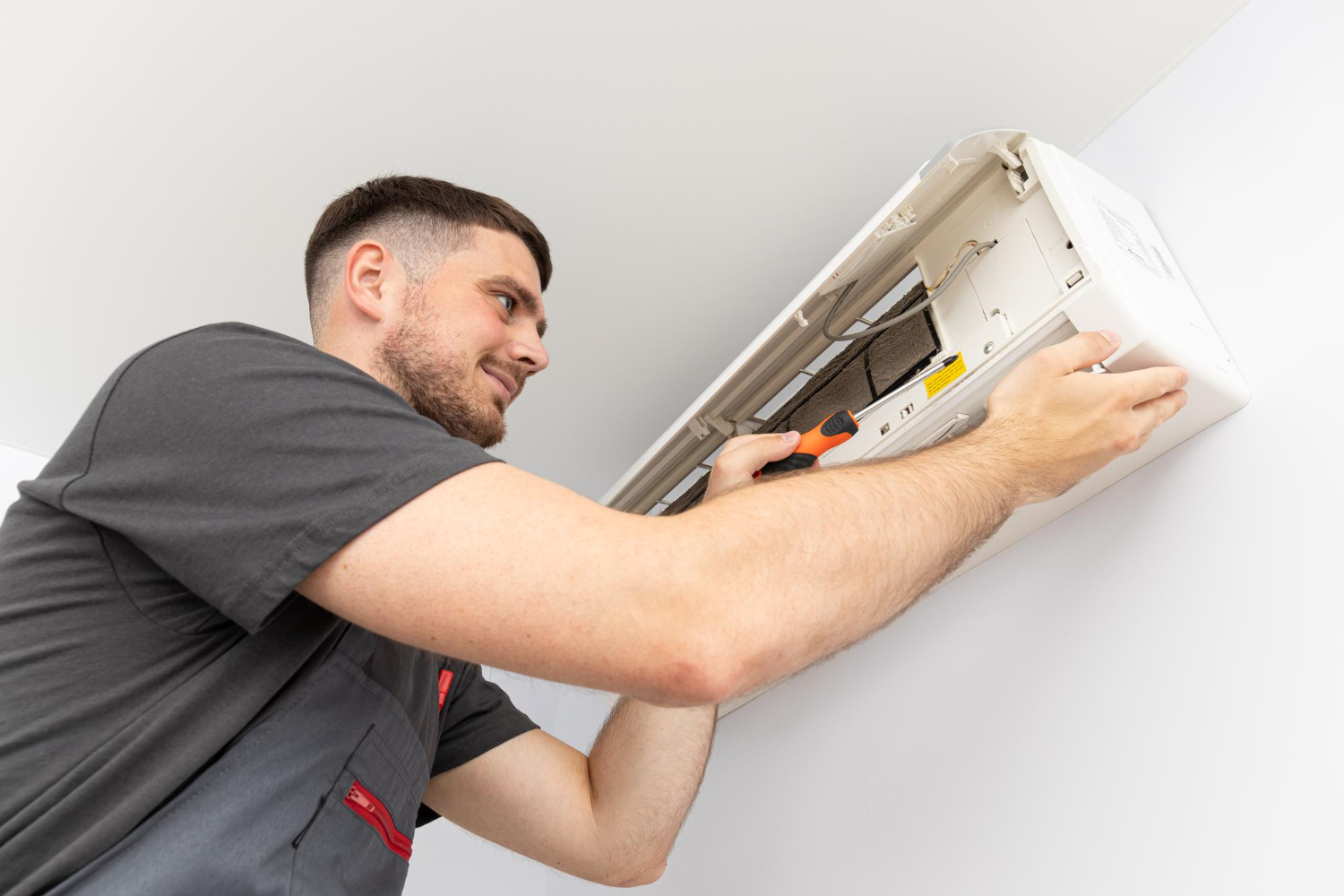Running your AC all day yet still feeling sticky and uncomfortable inside your home? You’re not alone. Many homeowners in Edmonton face this issue during the warmest months. Outdoor air might be hot, but your indoor space shouldn’t feel heavy and humid when your AC is on. If you’re still experiencing high humidity with your system running, it’s likely signalling something isn’t working the way it should.
Too much moisture in the air makes your home feel warmer than it actually is. That can lead to higher energy bills, discomfort, and even damage to wood, electronics, or walls over time. Tackling this issue early helps keep your indoor space both comfortable and protected. Understanding what’s causing the problem is the first step toward solving it.
Common Causes of High Humidity While Running an AC
When it comes to keeping humidity under control, your AC has a big job to do. If your system is cooling the air but not removing enough moisture, there are a few reasons that could be behind it. Identifying these causes early saves you from recurring issues as the summer heat continues in Edmonton.
Here are the most common reasons your air still feels damp:
– Improperly sized AC unit: If the system is too large for the space, it cools the air quickly but doesn’t run long enough to remove moisture effectively. A system that’s too small may run continuously without reaching the right temperature or removing sufficient humidity.
– Lack of regular maintenance: Dust buildup on coils, old filters, or low refrigerant levels all reduce your unit’s efficiency. When the system struggles to function properly, it won’t handle humidity as expected. Regular maintenance improves comfort and system longevity.
– Leaky ducts: Ductwork with gaps or breaks pulls in hot, humid air from areas like the attic or crawl spaces, raising indoor humidity levels.
– Single-speed systems: Older or less advanced systems may only operate at full speed or not at all, leading to frequent stops and starts. This limits their ability to consistently remove moisture.
If your home feels muggy even though your AC is running, chances are one or more of these issues are occurring. Every setup in Edmonton homes is different, but these problem areas are a good place to start checking.
How Poor AC Performance Leads to High Humidity
Humidity problems often point to performance issues within your AC system. Even if your unit seems to be running fine, it might not be doing its full job behind the scenes. Humidity control involves more than just dropping the temperature. Your system has to collect the moisture from the air and remove it through condensation. If that process isn’t working right, the air won’t feel dry and your comfort level slips.
Usually, this happens due to overlooked issues like:
– Dirty evaporator coils that prevent proper cooling and moisture removal
– Blocked condensate lines that stop the unit from draining excess moisture
– Malfunctioning fans or compressors that impact airflow or pressure
You might notice signs like foggy windows, musty smells that linger, or visible mold starting to form near vents or wall corners. Another clear sign is when your thermostat shows the desired temperature is reached, but the air still feels warm and sticky. These clues mean the balance between temperature and humidity isn’t being managed well.
By understanding where things might be going wrong, it becomes easier to solve the problem. Whether it’s poor airflow, drainage issues, or worn-out parts, these problems interfere with how your AC handles moisture. Addressing them early helps avoid long-term damage to your equipment and comfort.
Effective Solutions to Combat High Humidity
If your home continues to feel damp even when the AC is running, resolving the root cause quickly can prevent damage and improve airflow comfort. There are proven steps that can help bring your system back to proper form.
Start with regular maintenance. Scheduling an annual tune-up allows our technicians to spot issues before they affect performance. During maintenance visits, they can:
– Clean evaporator coils to improve moisture removal
– Clear out clogged drain lines to allow proper water flow
– Replace filters to restore healthy airflow
Repairs may also be required. If refrigerant levels are off or key parts like fans are wearing down, it can affect humidity control. Replacing worn components or adjusting refrigerant levels often restores normal function.
Sometimes, a current system isn’t the right fit. If your unit is older, undersized, or operating on single-speed settings, you may not get enough moisture removal. Upgrading through new air conditioner installation in Edmonton is a smart investment. Modern variable-speed units operate longer at lower power, giving them time to both cool and control humidity properly.
Here are a few more ways to support your system:
– Run the AC in auto mode, not the on setting
– Avoid covering vents or restricting air movement with closed doors
– Seal windows and entrances to reduce outside moisture infiltration
– Use kitchen and bathroom exhaust fans during showers or cooking
– Inspect ductwork for leaks or loose sections
Together, these strategies ease the burden on your unit while helping control humidity levels indoors. The combination of upgrades, maintenance, and home adjustments can lead to lasting relief during humid seasons.
Expert Help to Resolve Humidity Issues in Edmonton
Diagnosing humidity problems can be tough when signs are not always obvious. If elevated moisture continues even after changing filters or cleaning vents, a deeper system inspection is likely needed.
Our professionals are trained to test and evaluate all major components affecting temperature and moisture. This includes checking:
– System pressure levels
– Airflow throughout the ducting
– Heat transfer efficiency
– Insulation conditions around key points
These assessments reveal any deeper problems holding your system back. If repairs are needed, our technicians bring the right tools and expertise to make adjustments reliably. This might include recharging refrigerant, removing blockages in the condensate system, sealing duct gaps, or replacing aging fans and thermostats.
If your system is aging and not delivering as it should, considering a full replacement may be a more effective solution. Newer systems available through air conditioner installation in Edmonton can resolve long-term humidity concerns while increasing efficiency and lowering energy use. Our professionals ensure units are matched correctly to the size of the home for better comfort and reliability day after day.
With expert support, humidity problems don’t have to continue. Addressing them now helps extend the lifespan of your system while creating better indoor air quality and temperature balance.
Keep Your Home Comfortable with Reliable AC Solutions
A home that feels damp while the AC is running often indicates something is off. Whether the issue comes from blocked airflow, poor drainage, or equipment age, these factors reduce your air conditioner’s ability to manage indoor moisture. Left alone, this can lead to greater wear on your home and discomfort for everyone living in it.
Taking the right steps at the first sign of sticky air can prevent bigger problems later. Solutions may be as simple as a tune-up or as complete as a new unit setup through a trusted air conditioner installation in Edmonton. Either way, targeting the root cause now saves time, energy, and cost in the long-term. With professional support and regular maintenance, humidity control and cooling can work side by side to create a healthier and more comfortable space.
Now is the time to take humidity issues seriously and improve your indoor environment for the summer months ahead.
Our experienced team at Mobil Heating & Air Conditioning Inc. understands that a home with high humidity is more than just uncomfortable, and taking prompt action can help protect your property from damage. For those experiencing persistent moisture and uneven cooling, consider upgrading your system with professional air conditioner installation in Edmonton to boost performance and comfort. For a quick estimate or to book a service visit, please contact us today.

